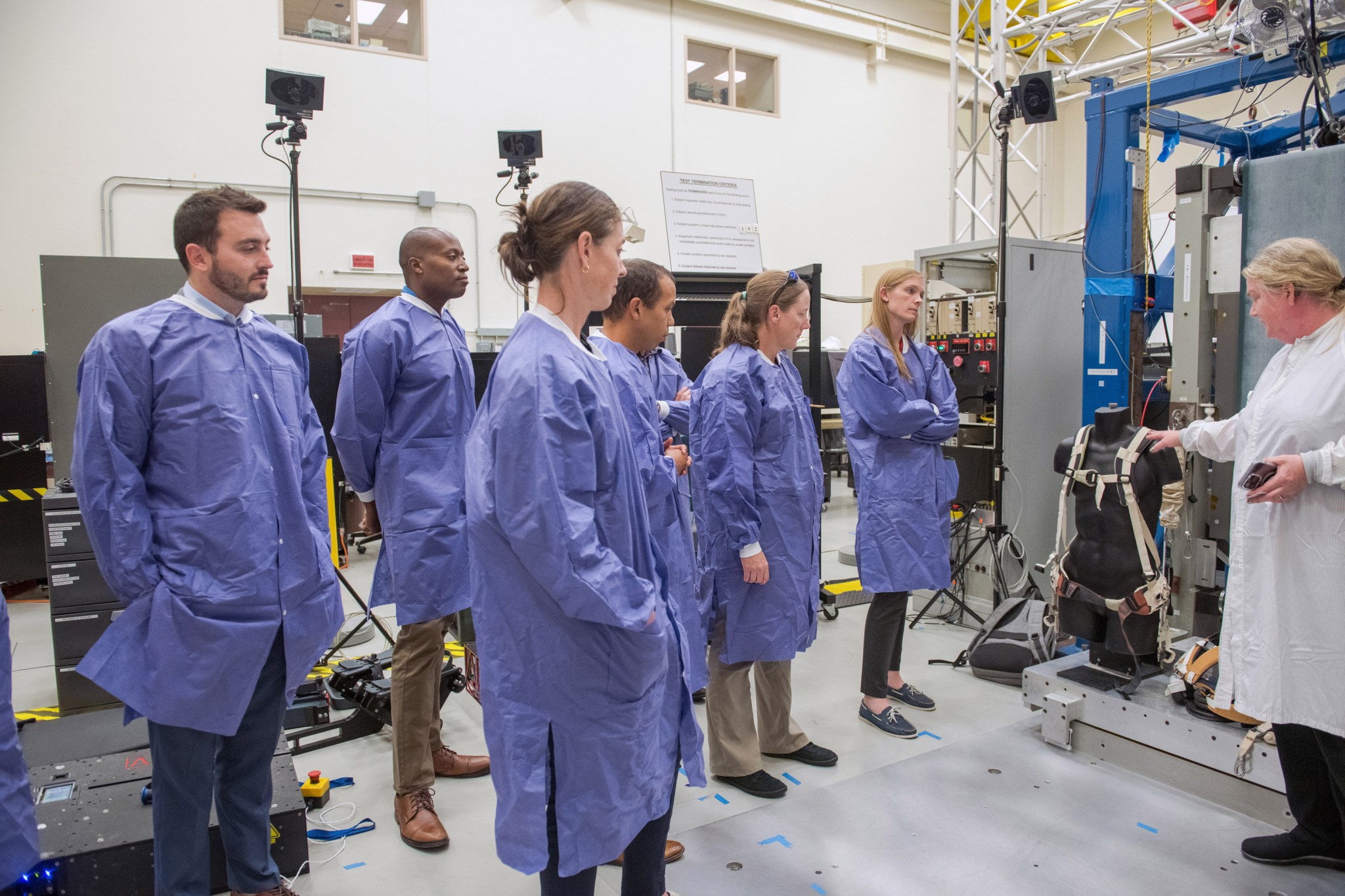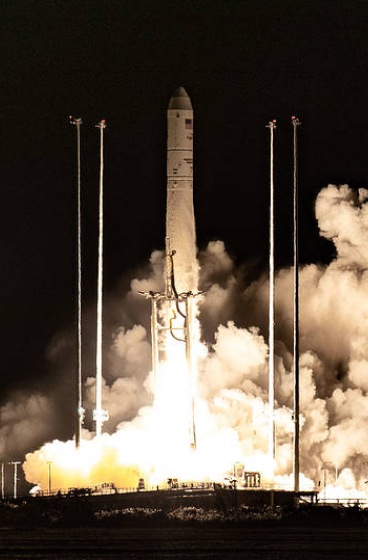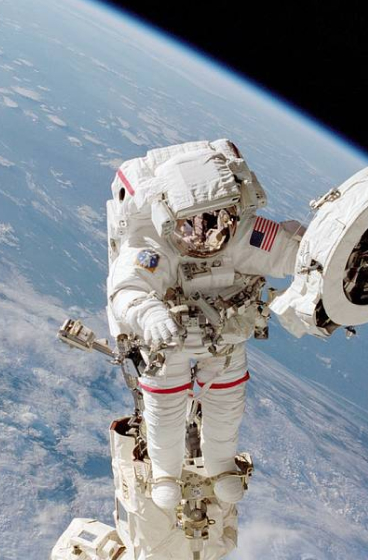Exercise Countermeasures Lab
The Challenge
Exposure to microgravity induces physiological changes in astronauts, including bone loss, muscle atrophy, and reductions in aerobic and sensorimotor capacity that may affect the crew member’s ability to perform mission tasks. Exercise in space is used as a “countermeasure” to combat this physiological deconditioning, keep crew members healthy, and mitigate associated risks.
The Research
Advanced exercise countermeasures hardware, crew equipment, and exercise routines are being developed to address these challenges, which will meet medical, vehicle, and habitat requirements and provide optimal and effective workouts in space.
The Progress
The Exercise Countermeasures Laboratory (ECL) at NASA’s Glenn Research Center in Cleveland is a ground-based testbed that provides high-fidelity weightlessness, lunar (1/6g), and Martian (1/3g) human-in-the-loop exercise simulations for developing exercise countermeasure devices, equipment, and exercise protocols for spaceflight. The ECL also provides a testbed to quantify the physiological demands of performing exercise in a shirt-sleeve environment.
The Enhanced Zero-G Locomotion Simulator (eZLS) exercise platform orients human test subjects horizontally, such that they exercise in simulated zero-g (oriented 90 degrees relative to the gravity vector) against a three degree-of-freedom air-bearing exercise simulator that allows frictionless translation and rotation (including pitch, sway, and yaw). The test subjects are suspended in this supine orientation from a motorized system of bungees for weightlessness locomotion or exercise simulation, or at the appropriate pitch angle for whole-body partial gravity simulations. The T2 Treadmill on the International Space Station tested the vibration isolation system in the eZLS and verified its operation prior to flight.
The Glenn Harness, an improved treadmill harness worn by crewmembers while exercising on the T2 Treadmill on the space station, was tested at the ECL. The laboratory uses a Vicon Vero v2.2 motion capture system to analyze human movement. This ground-based testbed is invaluable for testing concepts and proving out new designs before they fly. It has been used for sensorimotor studies including balance challenges and simulation of activities on the lunar surface including lifting, carrying, falling, and locomotion.
Technical Data
- Exercise Countermeasures and a New Ground-Based Partial-g Analog for Exploration
- Foot Reaction Forces During Simulated ISS Exercise Countermeasures
- Kinematic and Electromyographic Evaluation of Locomotion on the Enhanced Zero-gravity Locomotion Simulator: A Comparison of External Loading Mechanisms
- Locomotion in Simulated and Real Microgravity: Horizontal Suspension vs. Parabolic Flight
- Exercise Countermeasures Laboratory at NASA Glenn Research Center
- Exercise Countermeasures Laboratory (ECL) in the News































